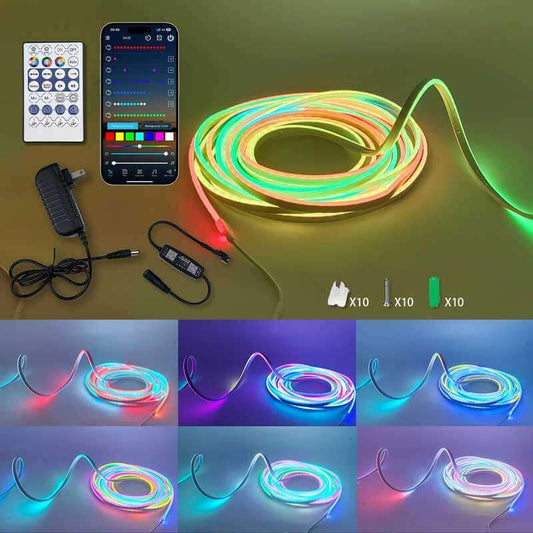How to tell if a website is safe to buy from?
Share
When shopping online, it's important to ensure that the website you're buying from is legitimate and secure. There are several signs to look for that indicate a website is trustworthy and safe to make purchases from. Here’s how to assess whether a website is safe for your transactions:
1. Check the Website’s URL
- Look for "HTTPS": A secure website will have “https://” before the website's domain name. The "s" stands for secure, meaning the website uses encryption to protect your data.
- Padlock Icon: Next to the website URL, there should be a small padlock icon. This signifies that the website is using SSL encryption to protect your sensitive information, such as payment details and personal data.
- Avoid Websites with "HTTP": If the URL starts with "http://" (without the "s"), it means the website doesn’t have SSL encryption and is not safe for transactions.
2. Verify Contact Information
- Look for a Physical Address: A legitimate website will provide a physical business address. You should also be able to find a working phone number and customer service email address.
- Customer Service Availability: Try contacting customer service to ask questions about products or shipping. A trustworthy company will respond promptly.
3. Read Customer Reviews
- Check Independent Review Sites: Before buying from a new website, look for reviews on trusted review sites like Trustpilot, Better Business Bureau (BBB), or ResellerRatings. Read both positive and negative feedback to get a balanced view.
- Beware of Fake Reviews: Scammers often post fake positive reviews to make their site seem credible. Look out for overly generic or overly enthusiastic reviews, as these could be fabricated.
4. Check for Return and Refund Policies
- Clear Policies: A reputable website will have clear and accessible return and refund policies. These should outline how returns are handled, who bears the cost of returns, and how long it takes to receive a refund.
- Avoid Sites Without Policies: If a website does not have a return or refund policy, it’s a red flag. Reliable online retailers will want to ensure their customers are satisfied with their purchases.
5. Examine the Website Design
- Professional Design: Trustworthy websites typically have a clean, professional design. If the website looks outdated, cluttered, or poorly designed, it may be a scam.
- Broken Links and Errors: Broken links, pop-up ads, or incorrect grammar can signal a less reputable website. Scam websites often have poor formatting and design.
6. Check the Website's Security Features
- Payment Methods: Look for secure and widely accepted payment methods like credit cards, PayPal, or secure payment gateways like Apple Pay or Google Pay.
- Avoid Unusual Payment Methods: Be cautious if the website asks for payment via wire transfer, gift cards, or other untraceable methods. These are common tactics used by fraudsters.
- Security Seal: Reputable websites often display security seals from companies like Norton, McAfee, or VeriSign that indicate the site has been scanned for security.
7. Research the Website’s Reputation
- Google the Website’s Name: Look for any information or customer complaints about the website online. If you find any reports of scams or fraud, avoid making a purchase.
- Check Domain Age: You can check how long the website has been active using services like Whois. Scam websites are often newly registered, while legitimate businesses have a longer online presence.
8. Look for Social Media Presence
- Active Social Media Accounts: Trusted businesses usually have active social media profiles (e.g., Facebook, Instagram, Twitter). Check the company's social media for customer interactions, feedback, and product updates.
- Check for Transparency: Businesses that engage with their customers openly on social media are more likely to be legitimate.
9. Pay Attention to Your Browser’s Warning
- Browser Warnings: If your browser warns you that a site is insecure or unsafe, take it seriously. Modern browsers like Google Chrome will display warnings for websites that have security issues.
- Avoid Clicking "Proceed Anyway": Never ignore browser warnings about a site’s security. If you see an alert that the site is unsafe, leave the site immediately.
10. Use a Website Checker Tool
- Website Safety Tools: You can use tools like Google Safe Browsing, Norton Safe Web, or VirusTotal to check if the website is known for phishing or malware. These tools can help you assess the safety of a website before you make a purchase.
Conclusion
To ensure that you're buying from a legitimate and secure website, always take the time to research the site, read reviews, check for SSL encryption, and verify contact details. Being cautious and using these tips can help you avoid fraud and ensure a safe online shopping experience.
Suggested Websites to Shop From:
- Youwei Trade: youweitrade.com - Offers a wide range of high-quality, secure products with reliable customer support.




